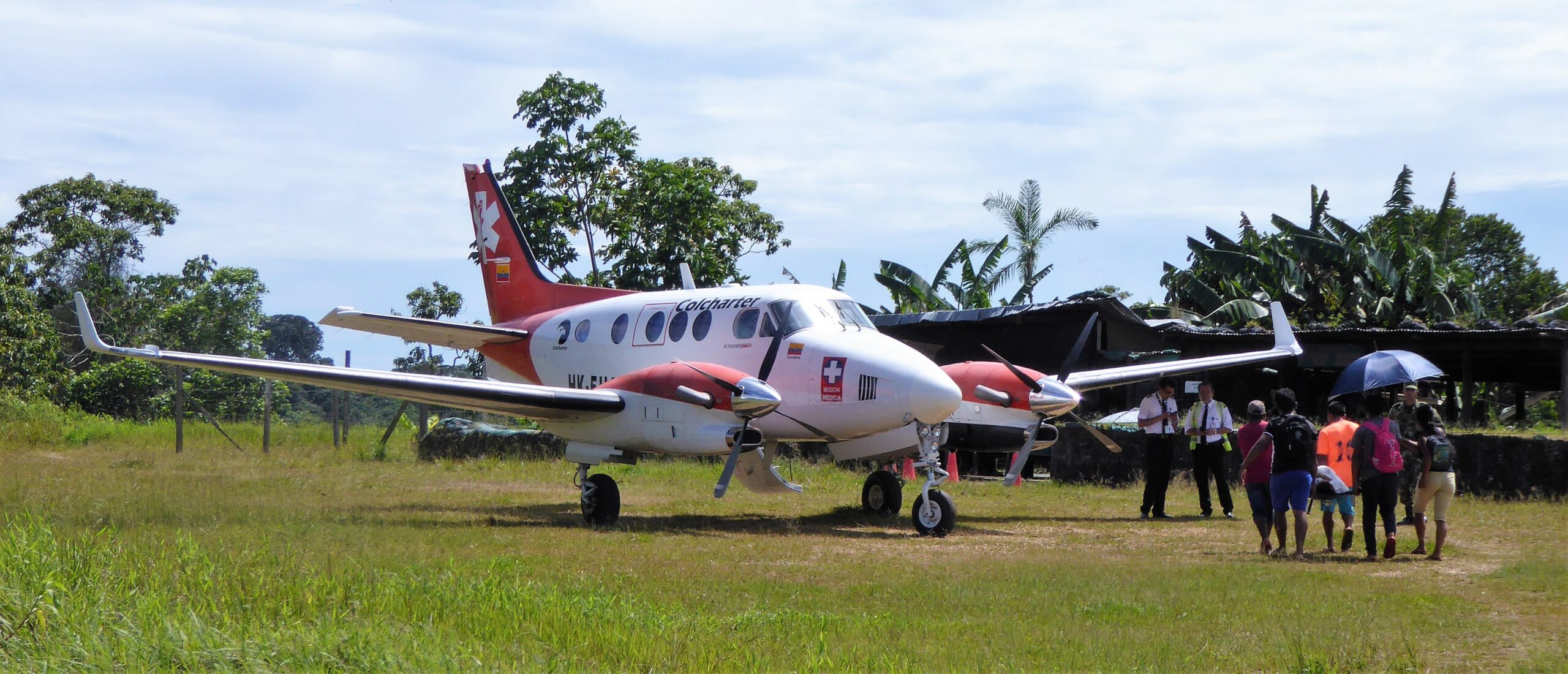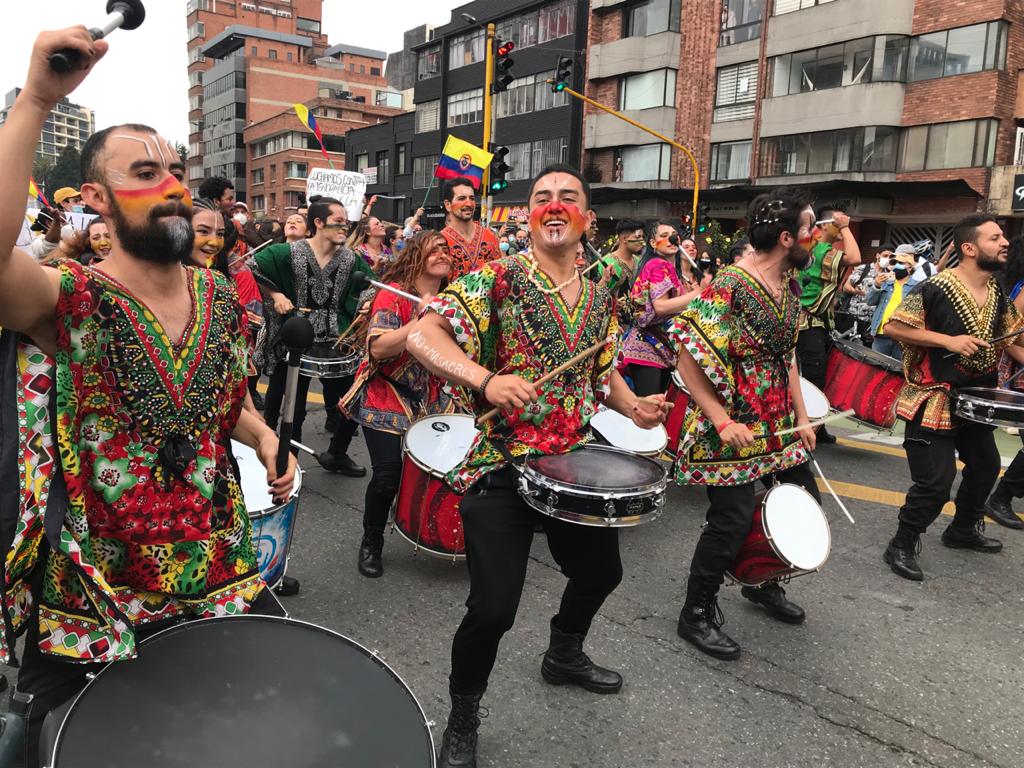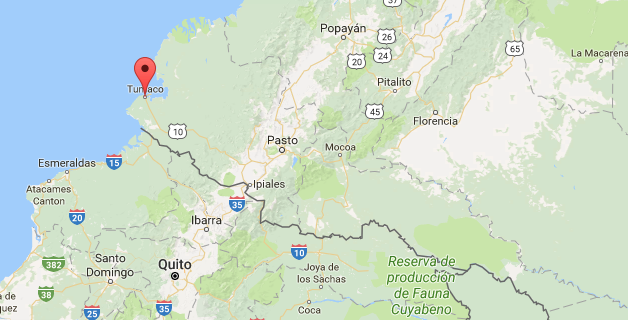An international court backs families claiming state agents kidnapped and killed their loved ones.

Who can you trust when the state turns against you?
It’s a question that comes to mind when talking to Pilar Navarrete, a tireless campaigner for the truth behind how her husband died. Héctor Beltrán was one of eleven innocent café workers seized and ‘disappeared’ by the Colombian military in 1985 during the aftermath of the bloody siege of Bogotá’s Palacio de Justicia.
“They were taken out alive, tortured, and never seen again,” Pilar tells The Bogotá Post. She is one of a vocal group of campaigners determined to take the state to task for its failure to properly investigate one of the darkest hours of conflict history.
It seems incredible that military soldiers, having fought to gain control of the massive building taken by M-19 guerrillas during a two-day battle, could then abduct innocent workers and kill them. Surely the state forces were there to liberate them?

“The army thought they were guerrillas, or perhaps wanted to erase witnesses to their bad deeds during the battle to free the palace,” says Pilar. She shows me a picture of Héctor, father of her four daughters, whose body was eventually found in 2017 buried in a tomb with someone else’s name on it in Barranquilla. He had worked as a waiter in the palace café when it was attacked.
We are talking just after a closed hearing of the Inter-American Court of Human Rights, an international legal body tasked with investigating human rights violations by states.
During the hearing judges upheld an earlier sentence from 2014 condemning Colombia for the forced disappearance of 11 persons and illegal detention and torture of 4 other civilians. The court then ordered the Colombian state to officially pardon the café workers – for years the state suggested they were M-19 combatants – and hold a full inquiry into their forced disappearances.
The question still lingers: what exactly happened?
The painful events unfolded on November 6, 1985, when a force of 35 M-19 guerrillas stormed the Palacio de Justicia, which houses Colombia’s three high courts. The left-wing fighters killed several security guards and took 100 hostages including several judges and the president of the supreme court.
Related: The cover-up of the Palacio de Justicia
After political statements, the guerrillas demanded negotiations via the Red Cross. Instead, the next day, the army stormed the palace with heavy weapons killing all the guerrillas and dozens of hostages, 100 in all.
Among the survivors were the 11 café workers – some old video footage shows them leaving the burning building alive – but in the confused aftermath they were taken by the army for interrogation and torture.
So why were they later killed, and the bodies hidden for so many years?
Only a proper investigation will bring out the truth, says Pilar, but so far “the state has done everything to obstruct.”
Just last week the senior state prosecutor investigating the case made the surprising statement that in six cases where bodies had been eventually recovered – such as Hector’s from Barranquilla – “there was no disappearance” rather “errors in handing over the remains”.
This statement caused immense anger among the families who accused the Fiscalia prosecutor’s office of “doing nothing to clear up who was responsible and failing to comply with the Inter-American Court of Human Rights sentence from 2014”.

The state’s contention that “there was no disappearance” really stings the families attending the international court hearing. “Yes, disappearances do exist,” chants Pilar with her fellow campaigners.
Eventually, behind closed doors and in front of the international court session the state prosecutor does retract the previous week’s statement, admitting that “forced disappearances did take place.”
For the families, it’s some crumbs of comfort, but no sign of a greater commitment to investigate.
“The state does not know how to assume the challenge when human rights crimes are committed by state agents,” a spokesperson tells TV cameras after the hearing.
For Pilar, the event is one more chance to get her voice heard. But she doesn’t want the Palacio de Justicia disappearances to become “too emblematic” of a much wider problem: in Colombia, around 83,000 people have disappeared in the same time period, she says. All need resolving and – where necessary – those responsible held to account.
“We need justice to avoid a repetition.”





